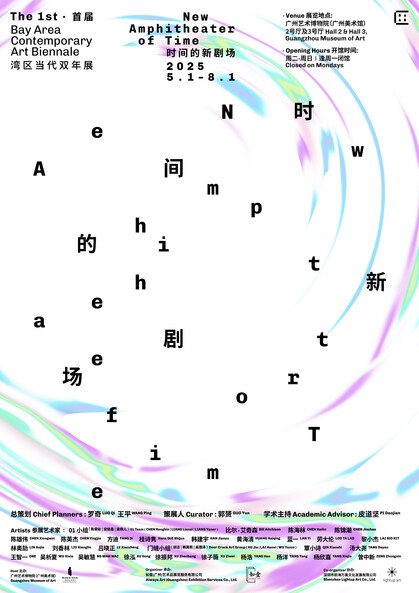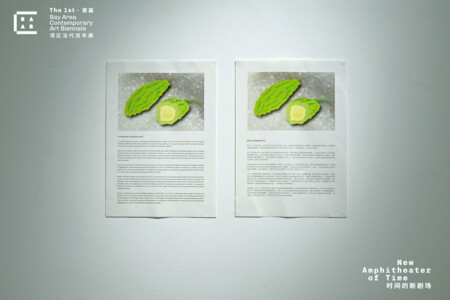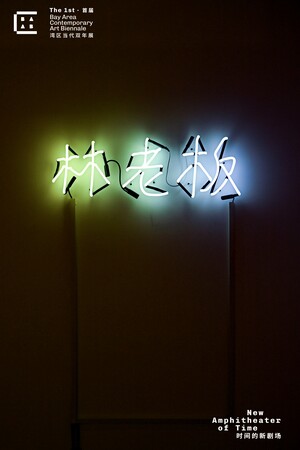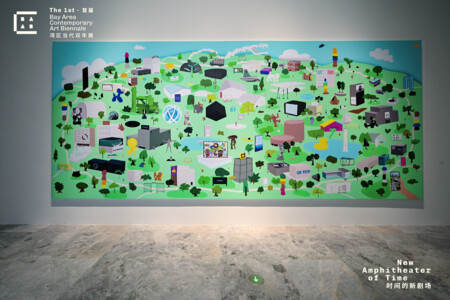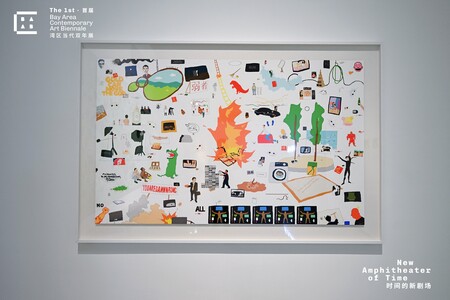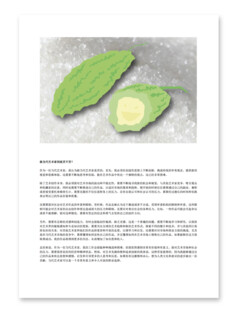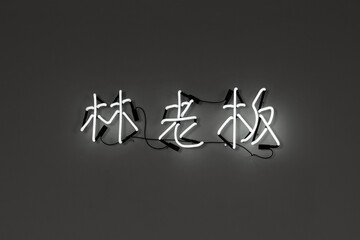Group Exhibition Guangzhou Museum of Art, Guangzhou
From a geographical standpoint, the “Greater Bay Area” encompasses Guangzhou, Shenzhen, Hong Kong, Macau, Foshan, Zhuhai, Zhongshan, Dongguan, Huizhou, Jiangmen, and Zhaoqing. In the context of contemporary art, the broader Greater Bay Area is an increasingly significant cultural ecosystem. Its future trajectory not only points to the direction of Chinese contemporary art as a whole but may also serve as a site for exploring new directions in the global art discourse.
The “Bay Area Contemporary Art Biennale” is the first biennial initiative to conduct field research into this art ecosystem, examining the diversity of artistic practices in the region and the trajectories they may take. Focusing primarily on emerging artists, the exhibition investigates the core of the Bay Area’s artistic landscape through various lenses—artistic form, language, thematic inquiry, and emotional expression—and presents the findings at a central cultural landmark: the Guangzhou Museum of Art (formerly Guangzhou Art Museum). As one of the first art museums established after the founding of the People’s Republic of China, and now designated a National Key Art Museum and National First-Class Museum, the institution has borne witness to the social, historical, and cultural transformations of modern China.
The biennale’s theme, “New Amphitheatre of Time,” alludes to these cultural shifts and the rise of a new artistic ecology. It not only reflects the evolving role of the Guangzhou Museum of Art as an institutional site but also constitutes a broader investigation into contemporary art practice and its ecosystem. The exhibition is led by Chief Planner Mr. Luo Qi, curated by Mr. Guo Yun, and features renowned art theorist Mr. Pi Daojian as Academic Chair.
More Pictures:

